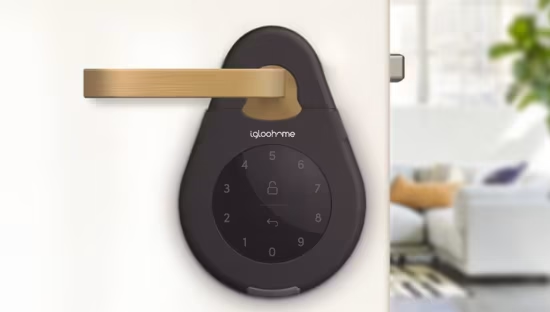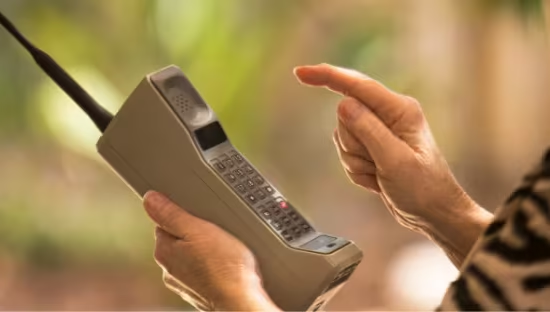
BCE vs TAP: The Future of Roaming Settlement
If you’ve ever landed in a new country, turned off airplane mode, and instantly seen your phone connect, you’ve got roaming settlement systems to thank. They’re the invisible gears that let your home operator and the local network talk to each other about what you used — and how much you owe. BCE vs TAP
For decades, roaming has run on something called TAP (Transferred Account Procedure). But as the world shifts to 5G, IoT, and real-time everything, the industry has been buzzing about its successor: BCE (Billing & Charging Evolution).
So, is TAP done for? Will BCE take over? Let’s dive in.
A Quick Refresher: What Is TAP?
TAP has been the backbone of roaming settlement since the 1990s. Whenever you make a call, send an SMS, or use data abroad, the visited network creates a TAP file with the usage details and sends it to your home operator.
- Batch-based: TAP records are usually sent every few hours or daily.
- Structured: The file format is standardized by the GSMA, so everyone plays by the same rules.
- Trusted: Virtually every operator worldwide uses TAP today.
In simple terms, TAP is like an old-school invoice system. It works, it’s reliable, but it’s not built for the fast-moving, data-heavy world we’re in now.
Enter BCE: Billing & Charging Evolution
Now comes BCE, GSMA’s answer to the future of roaming. Think of it as TAP’s younger, tech-savvier sibling. Instead of waiting for files to be exchanged, BCE is designed around real-time events and APIs.
- Event-based: Usage records can flow instantly between networks.
- Flexible: Handles 5G, IoT devices, slicing, and prepaid roaming much better.
- Transparent: Reduces billing disputes since both sides see usage data as it happens.
- Future-proof: Built with digital-first models (like eSIMs and app-based plans) in mind.
If TAP is the invoice you get at the end of the month, BCE is the instant push notification that tells you what you’re spending right now.
Why This Matters
Okay, you might say, “But my phone connects fine when I travel — why should I care if it’s TAP or BCE under the hood?”
Here’s why it matters:
- Real-time control: With BCE, operators could alert you instantly when you hit a roaming limit, instead of hours later when the TAP file comes through.
- Prepaid roaming: Real-time charging is essential for prepaid users, who can’t wait for batch settlement.
- IoT growth: Connected cars, wearables, and sensors need flexible, lightweight billing models — something TAP struggles with.
- Bill shock prevention: Faster settlement = fewer nasty surprises on your roaming bill.
So even if most people never hear the words TAP or BCE, the shift could dramatically change how smooth — and affordable — roaming feels.
TAP vs BCE: Side-by-Side
| Feature | TAP (Transferred Account Procedure) | BCE (Billing & Charging Evolution) |
|---|---|---|
| Age | Legacy, in use since 1990s | New, designed for 5G and beyond |
| Mode | Batch file transfers (delayed) | Real-time event/API-based |
| Use cases | Voice, SMS, basic data | 5G, IoT, prepaid, app-driven roaming |
| Transparency | After-the-fact billing | Near-instant usage visibility |
| Global adoption | Universal today | Early adoption, expanding |
| Future outlook | Slowly phasing out | Positioned as the GSMA’s replacement |
The Transition: Not Overnight
Here’s the catch: BCE isn’t just a software update you install overnight. Operators have decades of systems built around TAP. Migrating to BCE means:
- Upgrading IT systems (expensive, slow)
- Training teams on new processes
- Re-aligning contracts with roaming partners
- Ensuring interoperability while TAP and BCE coexist
For that reason, TAP isn’t going to vanish tomorrow. In fact, most operators will run both in parallel for years. TAP will handle legacy roaming traffic, while BCE gradually takes over new use cases like 5G data slices or machine-to-machine roaming.
Where Does This Leave Travelers?
For the average traveler, you won’t see “Now powered by BCE!” pop up on your phone screen. But here’s how it could affect you indirectly:
- More real-time roaming alerts (“You’ve used 80% of your data bundle”)
- Smarter roaming plans that adjust dynamically instead of fixed buckets
- More seamless eSIM onboarding when you land abroad
- Potentially fairer pricing as billing disputes shrink and operators save costs
In short: smoother experiences, fewer billing nightmares.
Beyond TAP and BCE: What’s Next?
Some in the industry believe API-based clearing and blockchain-inspired settlement could eventually go even further — creating fully automated, trustless systems between operators.
But that’s still experimental. For now, BCE is the realistic bridge between TAP’s batch world and whatever comes next.
My Take: The Future Looks BCE
So, BCE vs TAP — who wins?
- TAP had an amazing run. It built the global roaming system as we know it. Without TAP, roaming wouldn’t have scaled to nearly every corner of the planet.
- But TAP is showing its age. It wasn’t built for IoT sensors, instant notifications, or prepaid balances.
- BCE is the future. It’s designed for real-time, for 5G, for a roaming world where data is king and flexibility is everything.
That said, expect a long transition. For at least the next decade, TAP and BCE will coexist. You’ll still see operators exchanging TAP files — but behind the scenes, BCE will quietly gain ground, powering the experiences travelers actually notice.
Final Word about BCE vs TAP
If roaming settlement were a car, TAP is the trusty old diesel engine — reliable, familiar, but not built for an electric future. BCE is the EV drivetrain—cleaner, smarter, and designed for tomorrow.
Both will be on the road for a while, but it’s clear which direction the industry is heading.
The next time you land in another country and your phone just works, remember: somewhere in the background, TAP or BCE is ensuring the networks connect, your bill gets settled, and you stay connected.
And if BCE delivers on its promise? Roaming might just feel a whole lot friendlier in the years to come.










